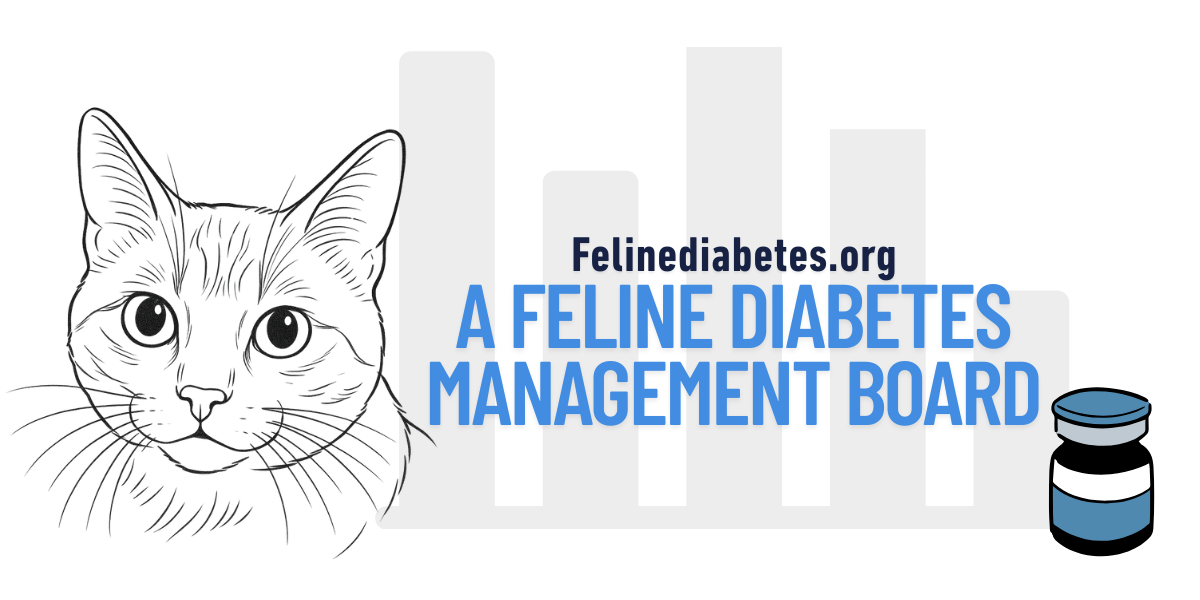 Feeding Cats Right: Understanding Ingredients & Labels
Feeding Cats Right: Understanding Ingredients & Labels
Choosing healthy food for your cat doesn't have to be overwhelming. One of the best starting points is learning to read the label—and knowing which ingredients to look for and which to avoid.
 What to Look For in Cat Food
What to Look For in Cat Food
Ideal cat foods:
- Use named animal proteins (e.g., “chicken,” “turkey,” or “salmon” instead of generic “meat” or “fish”).
- Include healthy animal fats and essential vitamins.
- Avoid unnecessary fillers or synthetic additives.
See food charts for some low-carbohydrate options.
 Label Clues: Human-Grade vs. Feed-Grade
Label Clues: Human-Grade vs. Feed-Grade
- Human-grade pet food is made with ingredients and in facilities that meet the same safety standards as food for people. It’s regulated and inspected under USDA and FDA guidelines.
- Feed-grade pet food, by contrast, can include materials deemed unfit for human consumption, including rendered by-products and waste from various industries.
 Ingredient Sourcing Matters
Ingredient Sourcing Matters
- Look for brands that source ingredients from the U.S., Canada, Australia, or New Zealand, where food safety regulations are stricter.
- Avoid products sourced from or manufactured in countries with known food safety concerns, such as China.
- Prefer companies that own and operate their own production facilities, rather than outsourcing. Transparency is a good sign.
 Choosing Safe Ingredients
Choosing Safe Ingredients
Animal Proteins
- Whole meat (e.g., “chicken,” “turkey,” “egg”) is ideal.
- “Meal” (e.g., “chicken meal”) can be acceptable if the animal source is clearly identified.
- Avoid vague terms like “meat by-products” or “poultry meal.”
Fats
- Look for named sources like “chicken fat” or “salmon oil.”
- Avoid generic terms like “animal fat” or “beef tallow,” which may come from questionable sources.
Carbohydrates
- Cats need very few carbs—3% or less mimics their natural diet.
- Acceptable: small amounts of rice bran
- Avoid: corn, soy, wheat, potatoes, peas, and anything labeled “gluten”
Fiber
- Best: beet pulp, rice bran (support gut health)
- Avoid: cellulose, oat hulls, peanut hulls, alfalfa, or pea fiber, which are either non-fermentable or inappropriate for cats
Vitamins & Minerals
- Cats require more vitamin A and B vitamins than dogs.
- Avoid synthetic Vitamin K (menadione), banned in many countries for human use.
Fruits & Vegetables
- Not necessary for cats, and often added for marketing appeal.
- Safe options: pumpkin (fiber support)
- Avoid: cranberries, blueberries, apples, carrots, spinach, avocado, or any fruit/herbal additives unless proven safe for feline metabolism.
 Red Flags to Watch For
Red Flags to Watch For
- “By-product” as a first ingredient
- Artificial preservatives: BHA, BHT, ethoxyquin
- Thickeners: Carrageenan (linked to inflammation), guar gum
- Color additives: Cats don’t care about food color—this is just for humans
 Pro Tips for Shopping Smart
Pro Tips for Shopping Smart
- Choose foods labeled “manufactured by” (not just “for” or “distributed by”).
- Call the company and ask: Who formulates your diets? Where is it made?
- Prioritize transparency, species-appropriate ingredients, and trusted sourcing.
 Why This Matters
Why This Matters
A cat’s biology is different from dogs or humans. They need a high-protein, moderate-fat, and very low-carb diet to thrive. Long-term exposure to poor-quality food—especially one high in fillers and plant-based ingredients—can lead to chronic illness.
Proper nutrition isn’t a replacement for veterinary care, but it’s one of the most powerful ways to support your cat’s health every day.
- Tim
Change Log:
Created on 5/18/2025.
Sources:
Marje and Gracie. "Know What's In Your Cat's Food." Feline Diabetes Message Board, 18 Feb. 2024, Info - Know What’s In Your Cat’s Food | Feline Diabetes Message Board - FDMB.
